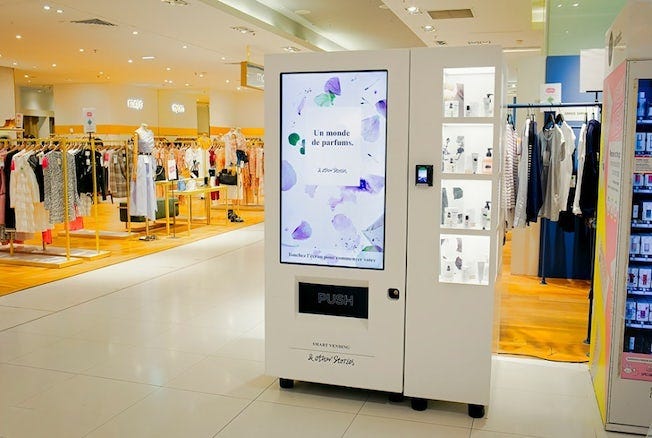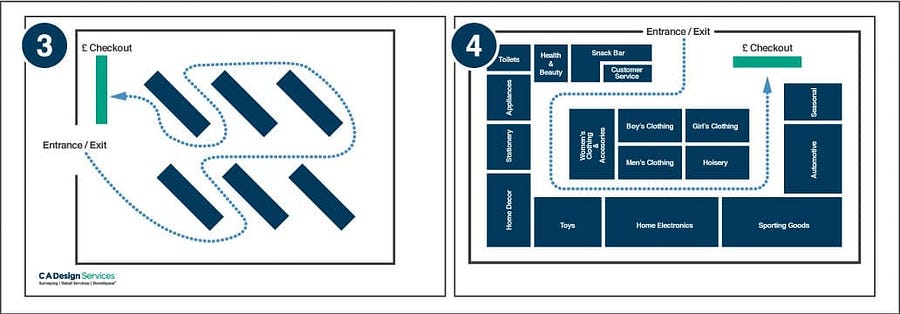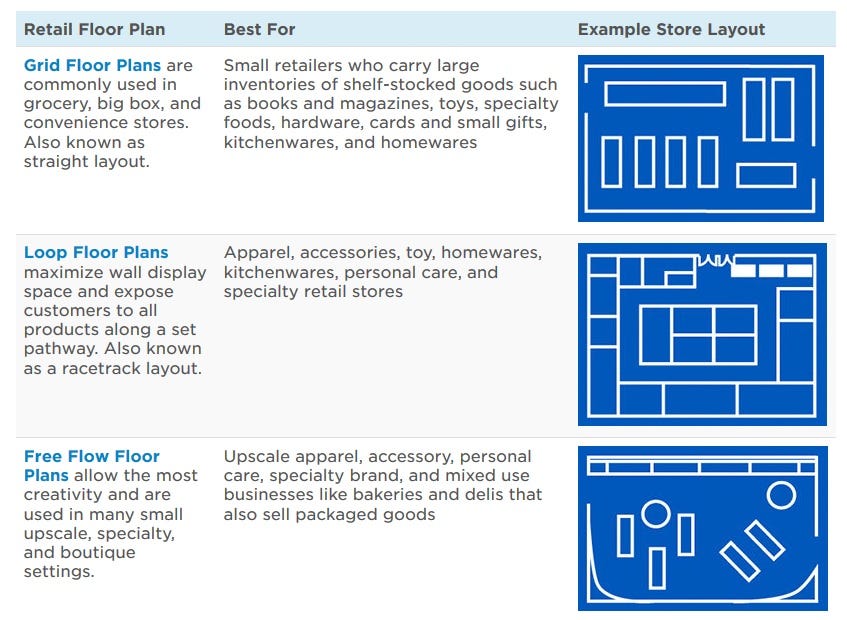In an era dominated by online shopping and e-commerce, physical retail stores face the challenge of providing unique and memorable experiences to customers. Experiential retail design offers a solution by creating immersive environments that captivate shoppers and enhance their overall journey. By combining aesthetics, technology and strategic layout, retailers can transform their stores into destinations that engage, inspire, and ultimately drive sales.
Creating Memorable Spaces:
Experiential retail design aims to create memorable spaces that go beyond the transactional nature of traditional retail. Instead of merely displaying products, these spaces are carefully crafted to evoke emotions, tell stories, and engage customers on a deeper level. From visually stunning displays to interactive installations, the design elements serve to create an immersive environment that draws shoppers in.
Lighting, color schemes, and sensory elements play a crucial role in setting the mood and ambiance of the store. A well-designed lighting arrangement can highlight products, create focal points, and guide customers through different sections. Thoughtful color schemes can evoke specific emotions or align with a brand’s identity, while sensory elements like music or fragrance can further enhance the overall experience and create a lasting impression.
Technology Integration:
Technology integration is a key aspect of experiential retail design. By incorporating cutting-edge technology, retailers can provide unique interactions and engage customers in exciting ways. Augmented reality (AR) and virtual reality (VR) can offer virtual try-on experiences, allowing customers to visualize products without physically trying them.
Interactive screens and touchpoints can provide product information, recommendations, and even personalized offers based on customer preferences. Furthermore, smart mirrors and fitting rooms equipped with RFID technology can enable seamless experiences, such as suggesting complementary items or adjusting lighting based on customers’ preferences. Mobile applications can also be utilized to enhance the in-store experience by providing real-time inventory information, personalized offers, or even guided tours.
Optimizing Store Layout:
Experiential retail design considers the layout and flow of the store to create a seamless and enjoyable customer journey. The store layout should be intuitive, guiding customers through different sections and encouraging exploration. Well-defined pathways, strategic product placement, and clear signage help customers navigate the store effortlessly.
Retailers can also create designated areas for experiential activities or events, such as workshops, demos, or product trials. These spaces not only provide additional value to customers but also increase the dwell time, encouraging them to spend more time in the store.
Engaging the Senses:
Experiential retail design considers the layout and flow of the store to create a seamless and enjoyable customer journey. The store layout should be intuitive, guiding customers through different sections and encouraging exploration. Well-defined pathways, strategic product placement, and clear signage help customers navigate the store effortlessly.
Retailers can also create designated areas for experiential activities or events, such as workshops, demos, or product trials. These spaces not only provide additional value to customers but also increase the dwell time, encouraging them to spend more time in the store.
Measuring Success and Evolving:
To ensure the effectiveness of experiential retail design, retailers should measure the impact on customer satisfaction, footfall, and sales. Collecting feedback and data through surveys, heat mapping, or digital analytics can provide valuable insights to optimize the store design and customer experience further. Moreover, experiential retail design is an ongoing process that requires adaptation and evolution. Regularly updating displays, integrating new technologies, and refreshing the overall store ambiance can keep the experience fresh and exciting, enticing customers to return and explore new offerings.
Experiential retail design holds the key to reviving the physical store experience in an increasingly digital world. By focusing on creating memorable spaces, integrating technology, and optimizing store layout, retailers can enhance the customer journey and build lasting connections with shoppers. Embracing the potential of experiential retail design allows physical stores to differentiate themselves from online competitors and provide a unique and immersive shopping experience that simply cannot be replicated digitally.
In an increasingly competitive retail landscape, embracing experiential design is a crucial strategy for retailers to differentiate themselves, create a unique brand identity, and provide customers with compelling reasons to visit physical stores. The future of retail lies in creating immersive experiences that leave a lasting impact on customers, and experiential retail design is the key to unlocking that potential.
For more blogs related to design: https://www.dotsod.in/blog/
Follow DOT School of Design on Facebook, Instagram, LinkedIn, Medium and YouTube




